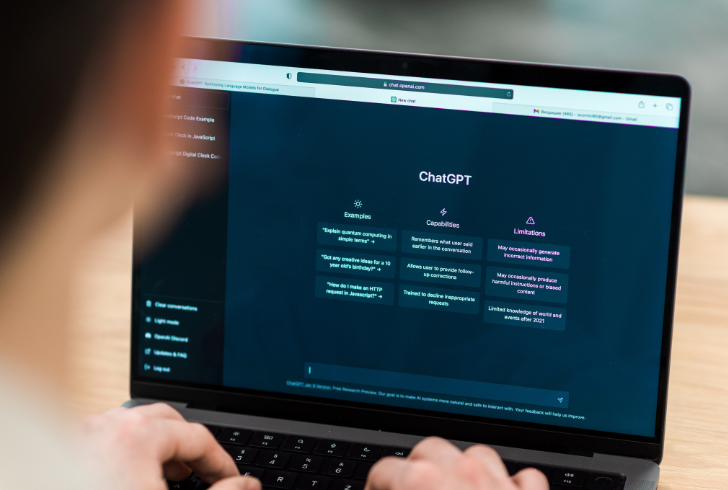As AI-generated content becomes increasingly indistinguishable from human-created material, the internet has turned into a noisy place. Machine-written content is everywhere, from product reviews and social media posts to travel guides and restaurant ratings. And while some of it is genuinely useful, a lot of it misses the mark. Readers are left questioning what’s real, what’s biased, and what was generated by a bot.
That uncertainty isn’t just frustrating—it’s reshaping how people interact with information online. AI tools like ChatGPT, Gemini, and others have made it possible to publish content in seconds, but speed has come at the cost of authenticity. And that’s where the trust gap is widening.
The Real Impact of AI Content Saturation

Freepik | frimufilms | Authenticity is often lost due to the rapid content output of AI tools like ChatGPT and Gemini.
Tech advancements have pushed content production into overdrive. Every day, millions of blog posts, articles, reviews, and comments are being created, many without any human input. What once came from personal experience now often comes from a machine trained to mimic tone, structure, and even emotional nuance.
An extensive analysis of more than 300 million online documents revealed a flood of AI-generated material that mimics credibility without offering actual value. This wave—sometimes referred to as “AI Slop”—often leads users down the wrong path with half-baked facts or outdated advice.
Why Digital Trust Is Taking a Hit
Online trust isn’t fading by accident. It’s the result of repeated letdowns. When someone looks for a reliable doctor, honest hotel review, or accurate health advice, and instead stumbles onto recycled content or planted endorsements, confidence drops. Surveys reflect this shift—over 80% of people are now concerned about fake reviews online.
Fake business listings, hijacked profiles, and deepfake content have become increasingly common across platforms like Google Maps, TikTok, and X (formerly Twitter). Even Gen Z, considered the most tech-savvy generation, is feeling the impact. A third of teenagers now say AI makes it harder to trust online information.
Many users still assume tools like ChatGPT are pulling data from across the internet to deliver the best results. But that’s often not the case. These models rely on a limited pool of sources, meaning they sometimes provide outputs that are outdated, biased, or simply wrong. The result is a growing disconnect between what users expect and what they actually get.
Building Digital Trust With Tech That Works

Freepik | Fixing AI means using technology wisely, ensuring transparency, accountability, and human insight.
To fix this, the solution isn’t to abandon AI. It’s to use tech thoughtfully—bringing transparency, accountability, and real human insight back into digital platforms. Here’s how companies can move in the right direction:
1. Verification Over Volume
Platforms that verify contributors and offer visual indicators—like badges or profile history—are one step closer to restoring credibility. LinkedIn’s verification system or Reddit’s contributor scoring models offer examples of how this can work in practice.
2. Focus on Repetition and Consensus
When multiple, unrelated users recommend the same product or location, it signals reliability. Tech platforms should spotlight repeated mentions and align content accordingly. Helping users identify consensus reduces time spent comparing sources—and builds confidence.
3. Transparency About AI Usage
Being upfront about how content is created makes a difference. Whether it’s a simple label stating “AI-generated” or notes on how the information was compiled, giving users context helps set clear expectations.
4. Empowering Community-Driven Spaces
Real experiences shared in niche communities are making a comeback. People managing food allergies, for example, often trust closed forums and specialty platforms more than open review sites. These identity-based spaces—where users relate through common experiences—offer the kind of trust mass platforms can’t easily replicate.
Trust Starts Where Tech Puts People First
Tech has the power to repair the damage caused by the flood of synthetic content—but only if it prioritizes genuine, user-focused experiences. Rebuilding trust means putting people first: showing real stories, validating contributors, and offering context that helps users make smarter choices.
The companies that take trust seriously now will lead tomorrow. In a time when users are more skeptical than ever, authenticity is no longer optional—it’s the one thing that sets a platform apart.










